Most people come to the Church of Our Lady to see Michelangelo’s Madonna and Child, but they are quickly lured deeper into the church’s depths to explore some of the many mysteries this church has to offer.
Construction began in the 13th century and finished two centuries later; as a result there’s a rather interesting mishmash of different architectural styles seen throughout the building.
Madonna and Child
Also known as the Madonna of Bruges and the Michelangelo Madonna, the Madonna and Child is the only piece of work by Michelangelo in Belgium and the only sculpture to leave Italy during his lifetime. Within the church, the statue is found in a very humble position in the nave near the entrance.
No entry fee is needed to see Madonna and Child. It is behind very clean bullet proof glass to protect it from damage.
Just inside the entrance I lit a candle for both Nana Sheila and Nana Rose. I think both would have really loved this church.
To enter the inner most part of the church you need to pay €2.50. Once in you have access to the tombs of Mary of Burgandy, her father Charles the Bold, the heart of Philip the Handsome, and mysterious medieval graves found under those just mentioned.
Mary of Burgundy
Inside are the tombs of Mary (left) and Charles (right), who were *supposedly* moved to Onze Lieve Vrouwekerk in the 16th Century. However, during an archaeology dig in 1979, researchers could only identify the body of Mary. The belief is that the French either failed to hand over the remains of Charles, or they gave Flanders the remains of an unknown soldier.
Buried with Mary is a copy of the urn containing the heart of her son, Philip the Handsome, who died suddenly in 1506. It was fairly common in Medieval Europe to bury different parts of your body in various (usually 3) locations. Funerary Archaeology is the study that looks specifically at this practice.
During the dig archaeologists were surprised to discover medieval priest graves under those of Mary and Charles.
The best story, however, comes from one of the display cases:
The monstrance on the left in display case 4 was produced by Bruges-born Jan Beaucourt. The monstrance is heavily bejeweled with pearls, diamonds and brilliant gems. Mary Magdalene van Westveld, widow of Francois van Beversluys, donated the object in 1727. Legend has it that this lady displayed a few strange habits. Thus, one day she decided to dress up her cat with all the jewels in her possession.
Unfortunately for Mrs van Westveld, the cat then immediately disappeared without a trace. The lady was close to despair, devastated by the loss of her beloved pet and jewels. Here in Our Lady’s Church she prayed to Mary. In exchange for the safe return of her cat and jewelery, she offered to donate a monstrance to the church. The unbelievable then happened. Seven days after its disappearance the cat reappeared with the jewels.
The widow was so ecstatic that she did not just donate any ordinary monstrance to the church, but one in which she asked jewelers to incorporate her own jewels. Hence, the name of the monstrance: Beversluys Cat
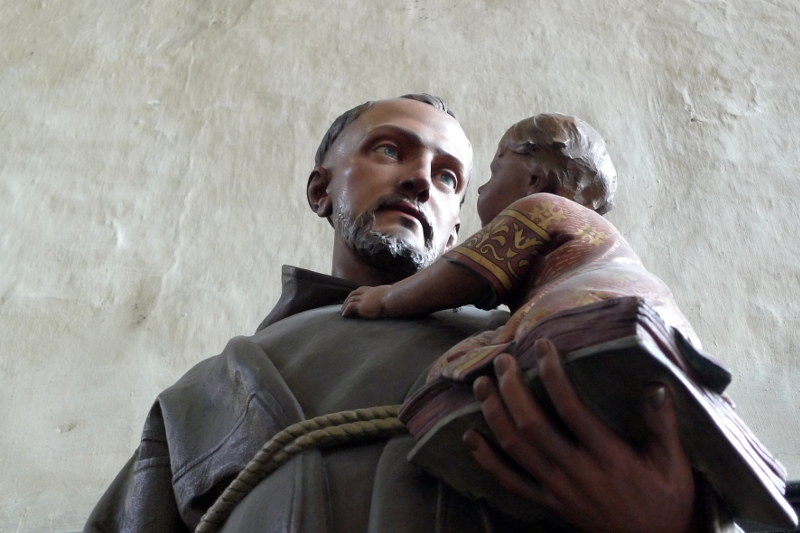
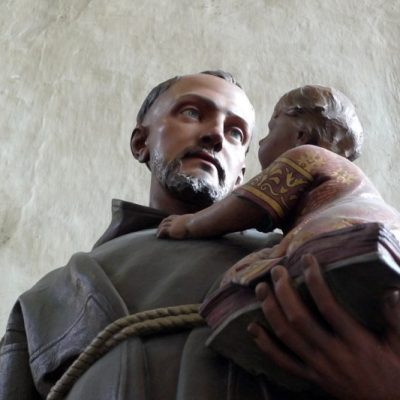
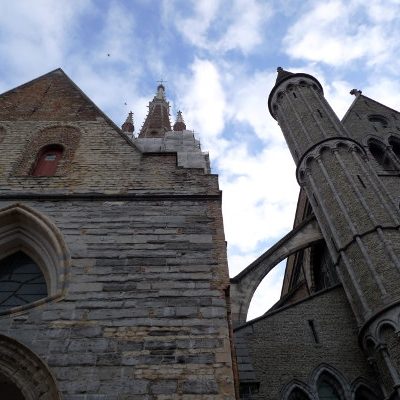
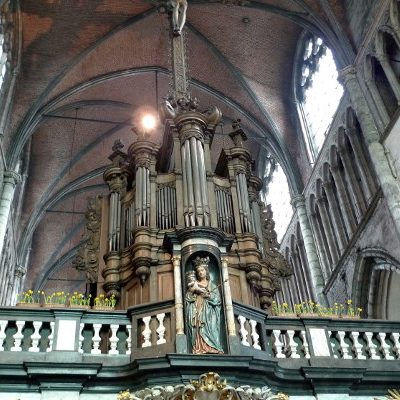
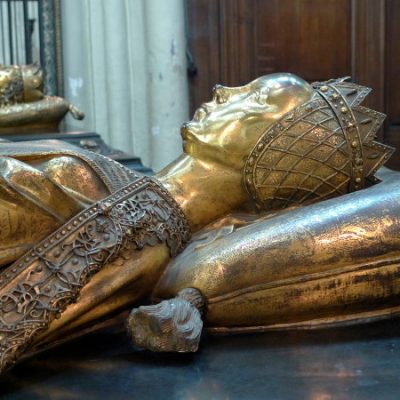
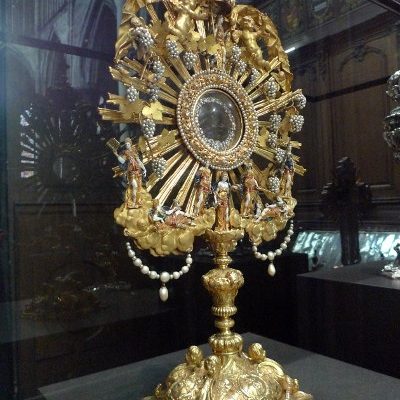
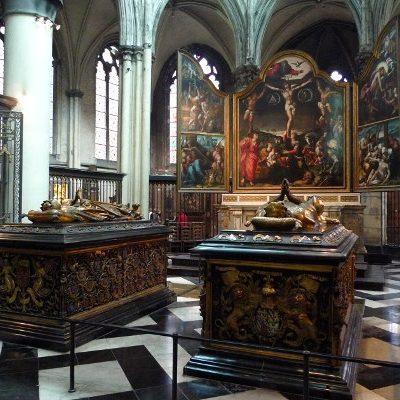
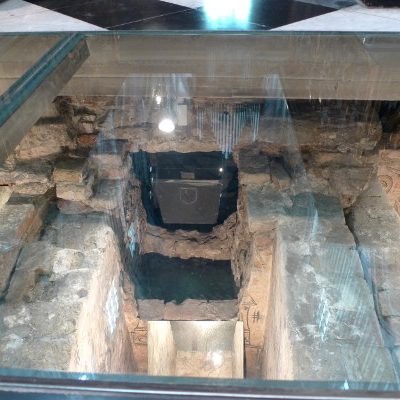
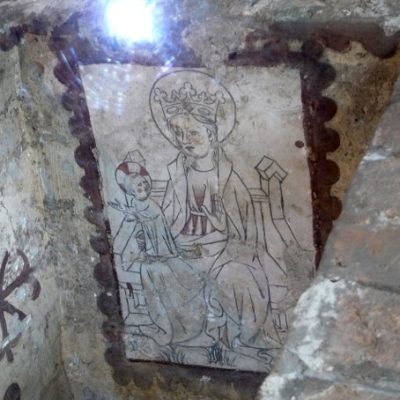
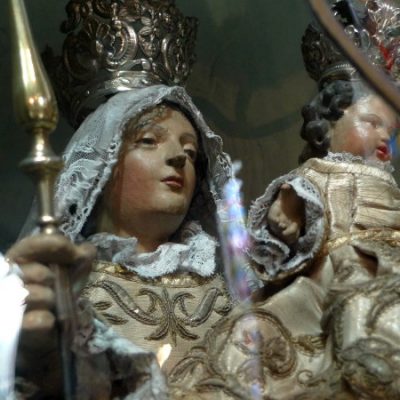
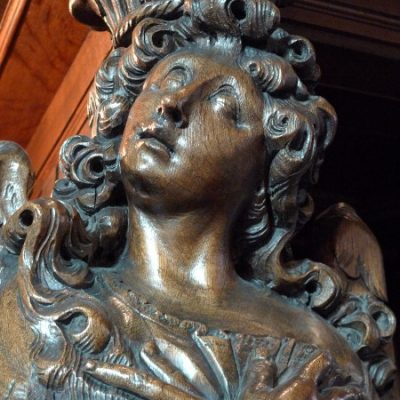
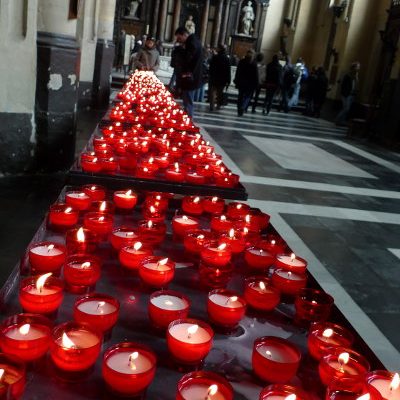
Philip’s heart must have been dried like beef jerkie.